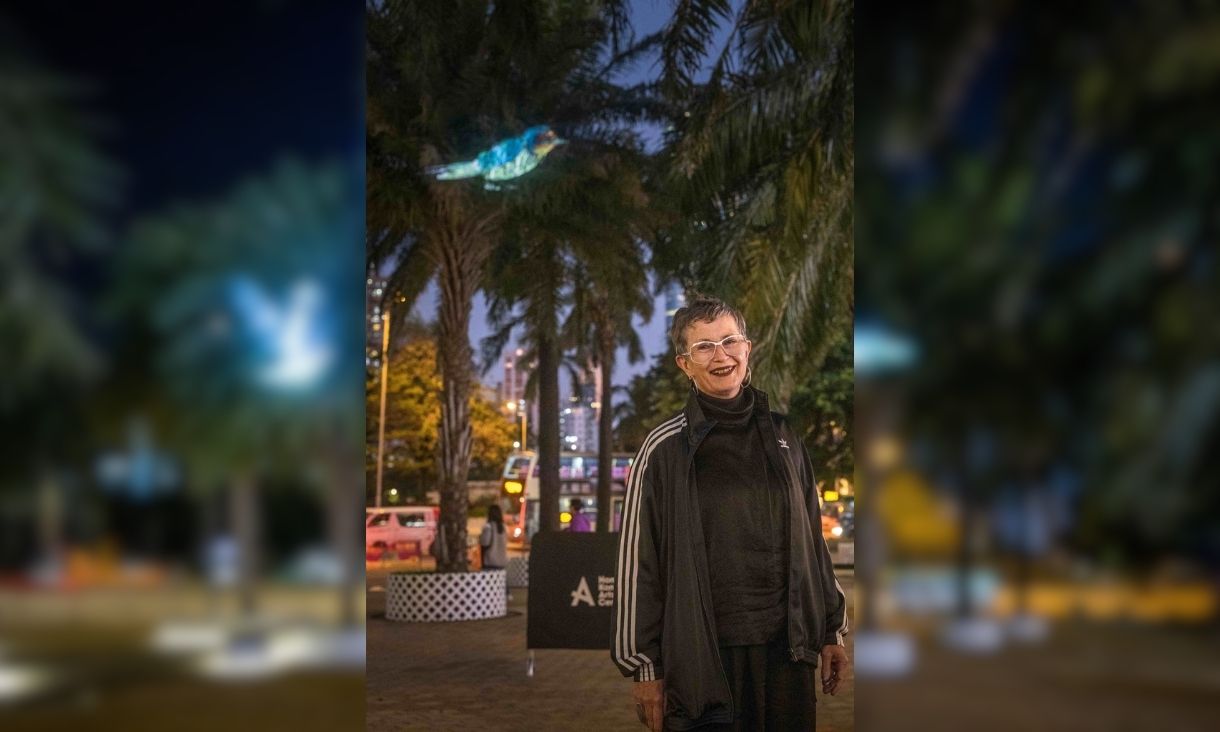Marion Mahony Griffin (Mahony), an esteemed architect in her own right, was generally content to stay in the shadows of her better-known husband and professional partner Walter Burley Griffin, despite being the more senior architect of the two.
In fact it was Mahony who originally employed Griffin to work in the offices of famed American architect Frank Lloyd Wright.
For some time now, it has been acknowledged in architectural circles that Mahony was a co-author in many of the projects that have been previously attributed solely to her husband.
The famous ceiling of Melbourne’s iconic Capitol Theatre, with its 33,000 plaster crystals lit by thousands of coloured bulbs to create the impression of a ‘crystalline cave of wonder’ is one such work.
Mahony’s interest in nature and mathematics, and her annotations on architectural drawings of the ceiling support the theory that she was the one responsible for the brilliant, geometric design.
Similarly, academics now recognise that Mahony was deeply involved in Griffin’s prize-winning submission for the design of Australia's capital city, Canberra.
Her lucid plans and superb perspective drawings almost certainly ensured that Griffin’s entry caught the judges’ eyes, but her integral involvement in the scheme was never promoted.
Dean of the School of Media and Communication Lisa French, who has contributed to a growing body of research on Mahony’s contribution to the Capitol, described her as a genuine trailblazer.
“She helped pioneer women’s participation in architecture in the United States, as well as contributing as a founding member of the Prairie School, and aside from Frank Lloyd Wright, was its longest practitioner,” French said.
“In 1894 she was the second woman to graduate in architecture from Massachusetts Institute of Technology (MIT) and she was the first registered female architect in Illinois.”





